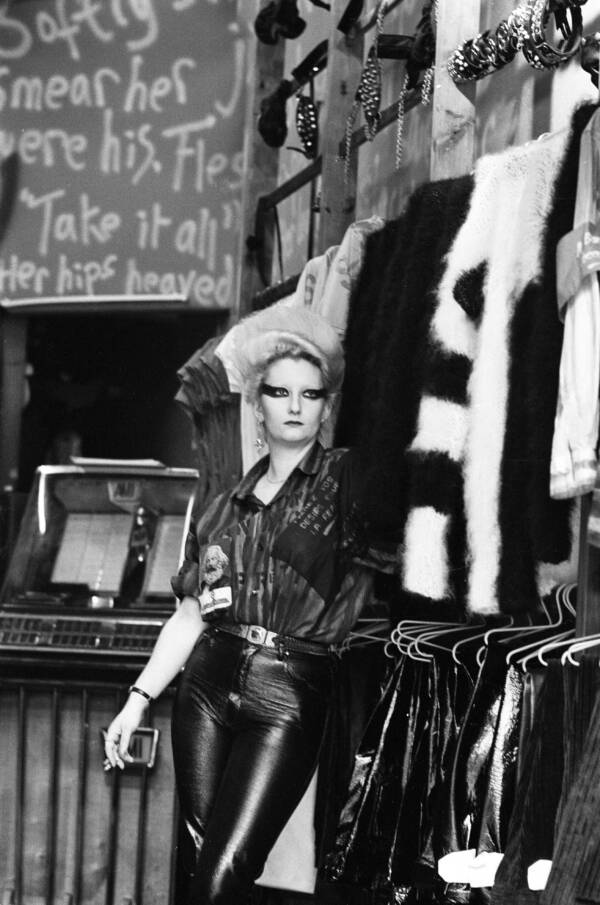Explore the cultural impact of global fashion movements and how they shape societies, identities, and the fashion industry itself.
Fashion has always been more than just clothing; it is a powerful form of expression that reflects the cultural, social, and political climates of the times. Fashion movements, in particular, have played a significant role in shaping cultural identities, challenging norms, and inspiring social change across the globe. From the rebellious spirit of punk to the elegant simplicity of minimalism, these movements have left a lasting impact on both the fashion industry and society at large. This article delves into the cultural significance of key fashion movements from around the world and examines their influence on global culture.
The Influence of Fashion Movements on Society
Fashion movements often arise in response to broader cultural, political, or social shifts, and in turn, they can influence these areas in profound ways. Fashion is not just a reflection of the times; it can also be a catalyst for change, challenging existing norms and pushing boundaries.
The Punk Movement: Rebellion and Individualism
The punk movement of the 1970s, which began in the United Kingdom and quickly spread worldwide, was more than just a fashion trend; it was a cultural statement. Punk fashion, characterized by ripped clothing, leather jackets, and bold hairstyles, symbolized rebellion against the mainstream and a rejection of conventional societal norms. The movement’s DIY (do-it-yourself) ethos encouraged individuality and self-expression, influencing not just fashion but also music, art, and politics.

Punk’s impact on culture extended beyond its initial heyday, influencing subsequent movements such as grunge in the 1990s and the more recent rise of streetwear. The movement’s emphasis on self-expression and anti-establishment ideals continues to resonate in today’s fashion landscape.
The Minimalism Movement: Simplicity and Sustainability
In contrast to the bold statements of punk, the minimalism movement focuses on simplicity, functionality, and sustainability. Emerging in the late 20th century, minimalism in fashion is characterized by clean lines, neutral colors, and a focus on high-quality materials. The movement is a response to the excesses of consumer culture, promoting the idea that less is more.

Minimalism’s cultural impact lies in its challenge to the fast fashion industry and its emphasis on mindful consumption. The movement encourages consumers to invest in timeless, versatile pieces that have a lower environmental impact, reflecting a growing awareness of sustainability issues in fashion.
Global Movements and Cultural Exchange
Fashion movements are not confined to one region; they often transcend borders, leading to cultural exchange and the blending of styles from different parts of the world. This global perspective has enriched fashion, creating a diverse and dynamic industry.
The Bohemian Movement: A Fusion of Cultures
The bohemian (or “boho”) fashion movement draws inspiration from various cultures, particularly those of the Romani people, artists, and free spirits of the 1960s and 70s. Characterized by flowing fabrics, earthy tones, and eclectic patterns, bohemian fashion celebrates individuality and creativity.

Bohemian fashion’s cultural impact is seen in its embrace of diversity and its rejection of rigid beauty standards. The movement promotes a more inclusive view of fashion, where different cultural influences are celebrated and blended to create unique, personalized styles. This movement has had a lasting influence on festival fashion and the broader trend of mixing high fashion with casual, eclectic pieces.
The Hip-Hop Movement: Street Style and Cultural Identity
The hip-hop fashion movement, originating in the Bronx, New York, in the 1970s, is deeply rooted in the African American community and reflects the culture, struggles, and aspirations of its people. Baggy jeans, oversized jewelry, and branded sneakers became symbols of status and identity, transcending fashion to become a cultural force.

Hip-hop fashion’s global impact is evident in its widespread adoption across different cultures and its influence on mainstream fashion. The movement has also played a role in shaping discussions around race, identity, and social justice, highlighting the power of fashion as a tool for cultural expression and change.
The Role of Fashion Movements in Social and Political Change
Fashion movements often intersect with social and political movements, amplifying their messages and spreading awareness. The visual and accessible nature of fashion makes it a powerful medium for communication and activism.
The Feminist Movement: Fashion as Empowerment
The feminist movement has significantly influenced fashion, challenging traditional gender norms and promoting equality. From the adoption of pants by women in the early 20th century to the power suits of the 1980s, fashion has been a tool for women to assert their independence and challenge societal expectations.

In recent years, feminist fashion has taken on new forms, with designers and brands using their platforms to promote body positivity, diversity, and inclusivity. The #MeToo movement and the rise of social media have further amplified these messages, making feminist fashion a powerful force for change in the industry.
The Environmental Movement: Fashion’s Green Revolution
The environmental movement has spurred a “green revolution” in fashion, with sustainability becoming a central focus for designers, brands, and consumers alike. The rise of eco-friendly materials, ethical production practices, and a push for transparency in the supply chain reflect the growing demand for sustainable fashion.
Fashion movements like “slow fashion” and “upcycling” have emerged as responses to the environmental impact of the fashion industry. These movements challenge the throwaway culture of fast fashion, encouraging consumers to value quality over quantity and to make more conscious choices.
Conclusion
Fashion movements have a profound cultural impact, influencing not just what we wear, but how we think about identity, society, and the world around us. From the rebellious spirit of punk to the sustainable ethos of minimalism, these movements reflect the values and aspirations of their times, leaving a lasting legacy that continues to shape global culture. As fashion continues to evolve, so too will its ability to inspire, challenge, and transform the societies in which it exists.
